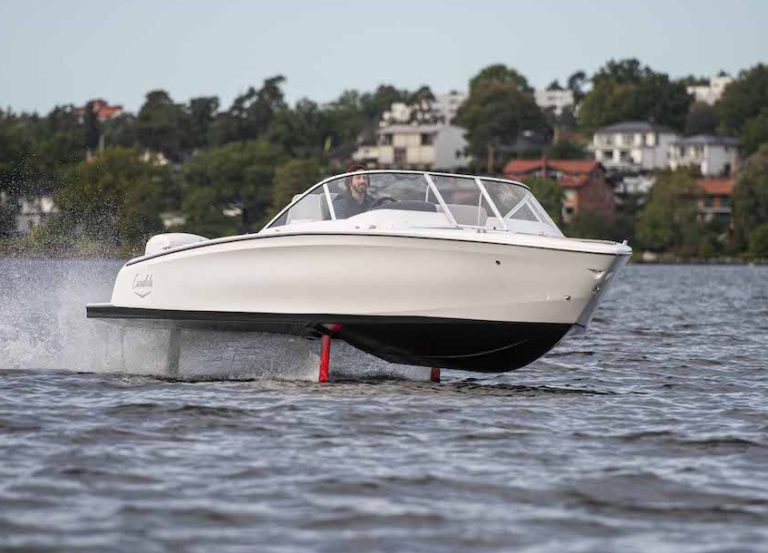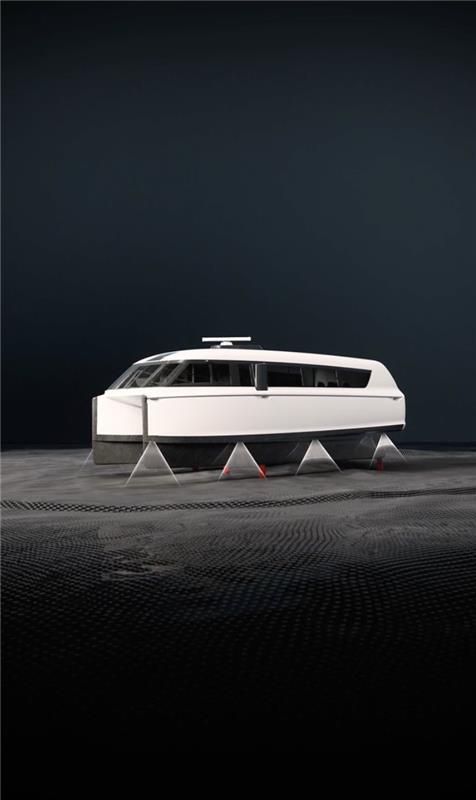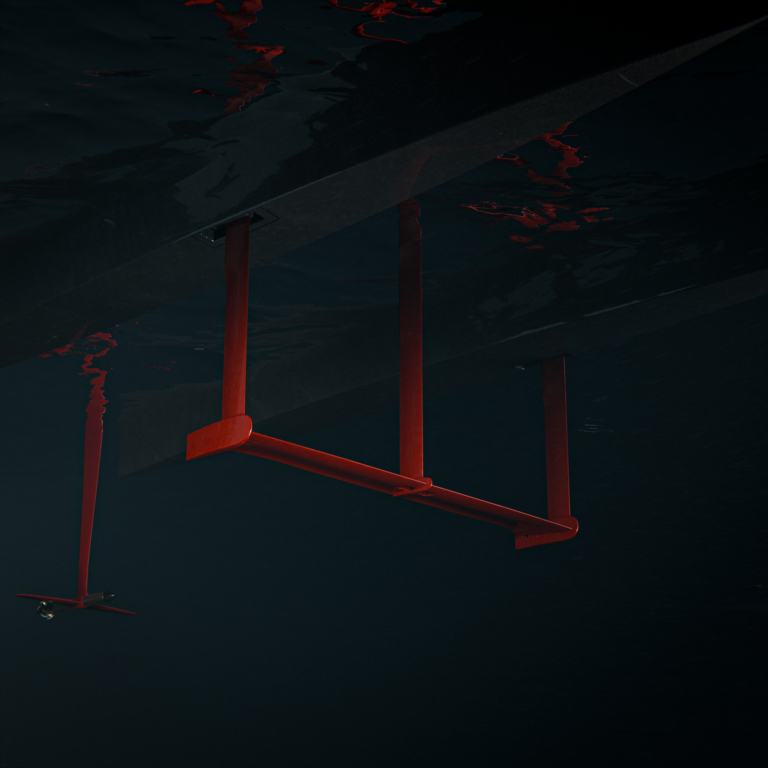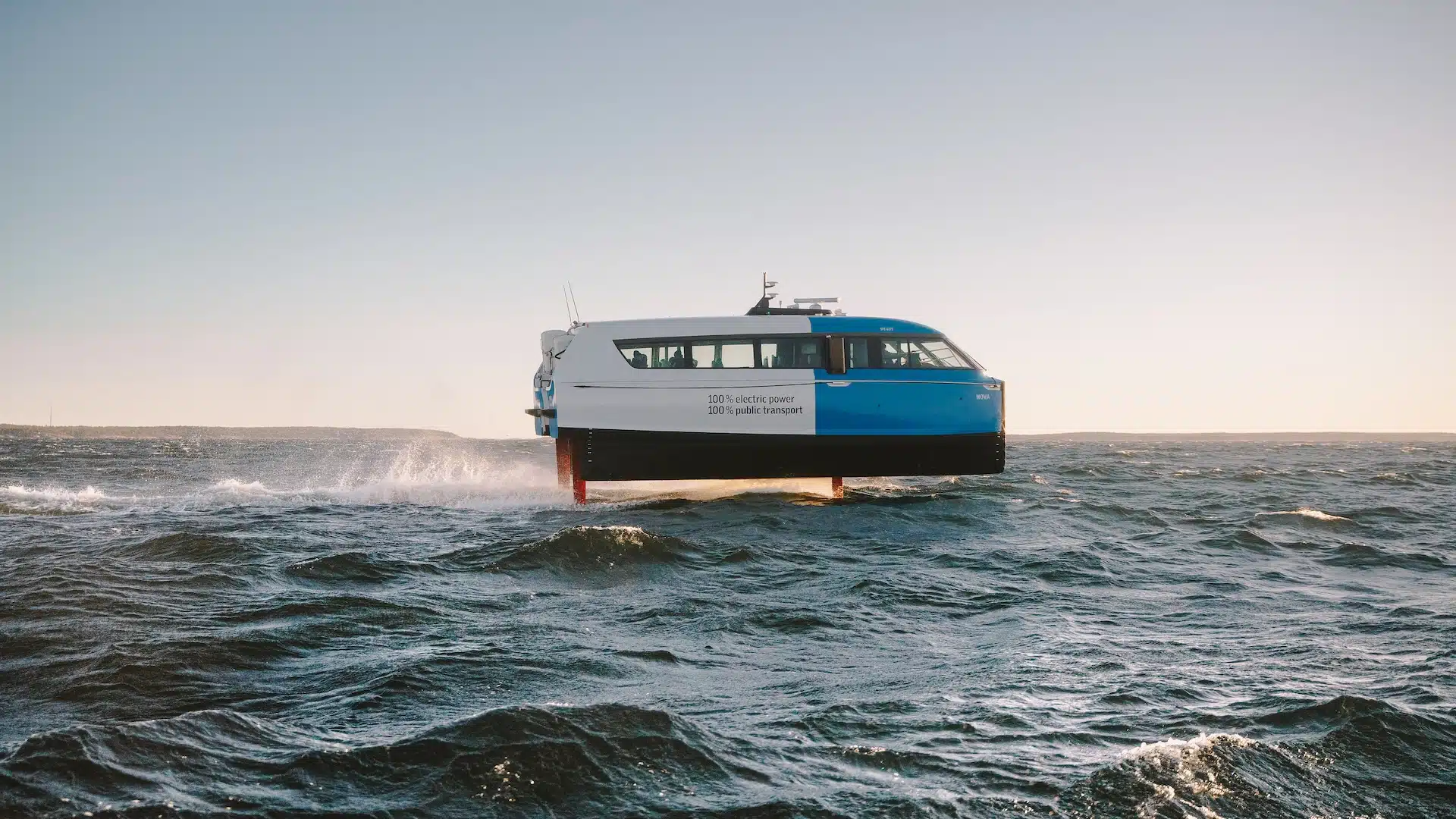With over 15 million visitors each year, Lake Tahoe faces mounting traffic congestion—especially during peak seasons and winter road closures. At the same time, emissions and road sediment from such traffic threaten the lake’s world-renowned clarity, adding environmental pressure to the region’s mobility challenges.
The Tahoe Regional Planning Agency (TRPA)—a unique bi-state (CA & NV) agency with federal regulatory authority granted by Congress—adopted the Connections 2050 Regional Transportation Plan (RTP) in July, which highlights FlyTahoe’s sustainable water transit network with the centerpiece P-12 cross-lake ferry as a key concept for waterborne transit in the Tahoe Region. Previously listed by the TRPA as an Environmental Improvement Project (EIP), FlyTahoe’s inclusion in both the EIP and RTP reflects the project’s potential to achieve regional environmental goals, including reducing Vehicle Miles Traveled (VMT), road sediment, and emissions—while preserving lake clarity and better connecting shoreline communities.
The RTP was developed over four years with input from more than 10,000 residents, local governments, tribal nations, and agencies. Inclusion in this plan not only signals strong regional support in principle, but also introduces the FlyTahoe concept into the federal transportation planning framework, helping position the project for future eligibility under the Federal Transportation Improvement Program (FTIP) and other potential public funding sources, according to Ryan Meinzer, Founder and CEO of FlyTahoe.
“We’re deeply humbled to be highlighted by the Tahoe Regional Planning Agency in its Regional Transportation Plan,” said Meinzer. “TRPA’s leadership reflects our shared vision: to preserve the beauty of Lake Tahoe while better connecting its shoreline communities.”
FlyTahoe is honored to carry forward the cross-lake passenger ferry vision originally advanced by the Tahoe Transportation District (TTD) and to support private sector investment in Lake Tahoe’s environmental protection. Now waterborne transit is being reimagined through next-generation electric hydrofoil technology that is fast, clean, efficient and scalable, according to Meinzer.
The Candela P-12, already successfully operating in Stockholm, has demonstrated the ability to cut commute times, increase ridership, and outperform diesel ferries in both cost and passenger experience—all while handling 3+ foot chop with ease. And because it flies above water on electric hydrofoils, the vessel generates no wake, no shoreline erosion, and no noise—just silent, zero-emission transit that eases road congestion and will support economic resiliency, emergency response, and evacuation capacity basin-wide.
Subject to regulatory approval, FlyTahoe aims to balance accessibility, inclusivity, and equity for both locals and visitors—while supporting the RTP’s goals, including environmental protection, multimodal mobility, safety, system performance, economic prosperity, and infrastructure resiliency. The Candela P-12 is set to serve as FlyTahoe’s flagship vessel as they work to build a more connected, resilient Lake Tahoe.
Previous Coverage
11/21/2024 – Press Release: First Flying Electric Ferry in the U.S. is Coming to Lake Tahoe
07/04/2025 – New York Times: Could the Electric Hydrofoil Ferry Change the Way We Commute?
08/04/2025 – Tahoe Daily Tribune: FlyTahoe and Candela showcase technology used in upcoming electric flying ferry
About FlyTahoe
Located in both San Francisco and Tahoe Vista, California, FlyTahoe will elevate sustainable mobility with America’s first electric flying ferry.
About Candela
Candela is a Swedish tech company with a mission to accelerate the shift to fossil fuel-free waterways. Its pioneering hydrofoiling technology drastically reduces energy consumption of vessels, enabling Candelas to achieve the elusive combination of long range and high speed on battery power.
Since launching its first leisure model, the Candela C-7, in 2019, Candela has manufactured over 100 vessels to clients around the world, leading electric boat sales in the U.S. In 2024, Candela introduced the world’s first electric hydrofoil ferry, the Candela P-12, which has been sold to customers in Saudi Arabia, New Zealand, Berlin, and now, the U.S.
Candela employs over 200 engineers and staff across offices in Stockholm, Sweden; San Francisco, U.S.; and Bangkok, Thailand. The current factory is located in Stockholm, with the U.S. factory underway.
Candela P-12 Specifications
Length: 11.99 meters/39.24 feet
Beam: 4.5 meters/14.76 feet
Weight: 10 tonnes
Capacity: 30 passengers (seated) + 1 crew
Propulsion: 2 x Candela C-POD, 320 kW peak power in total
Charging: Up to 200 kW DC
Service Speed: 25 knots
Range: 40 nautical miles at 25 knots service speed
For more information, please contact both:
Mikael Mahlberg, Head of Communications, Candela: mikael.mahlberg@candela.com
Ryan Meinzer, Founder & CEO, FlyTahoe: ryan@flytahoe.com
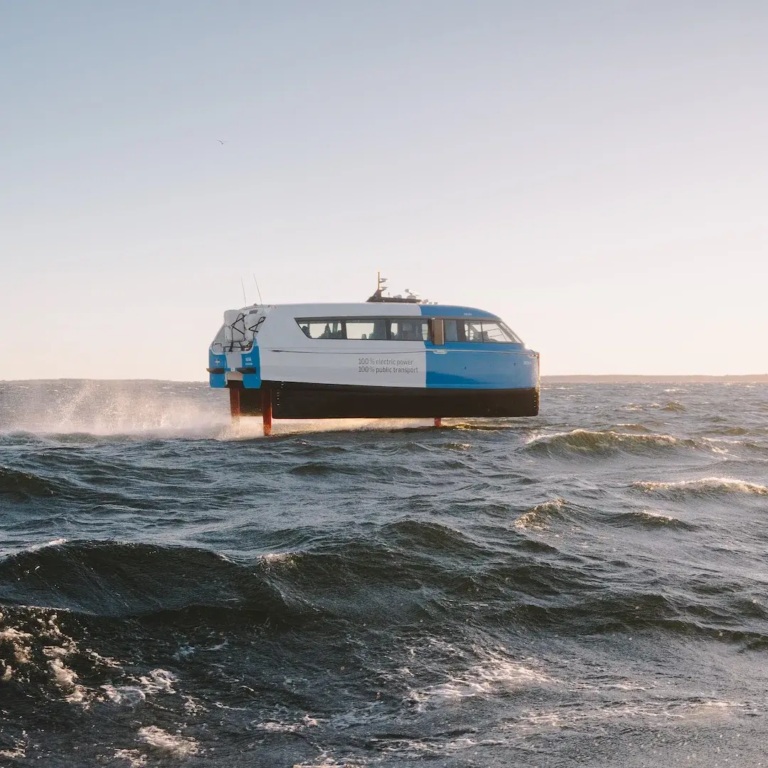 Overview
Overview 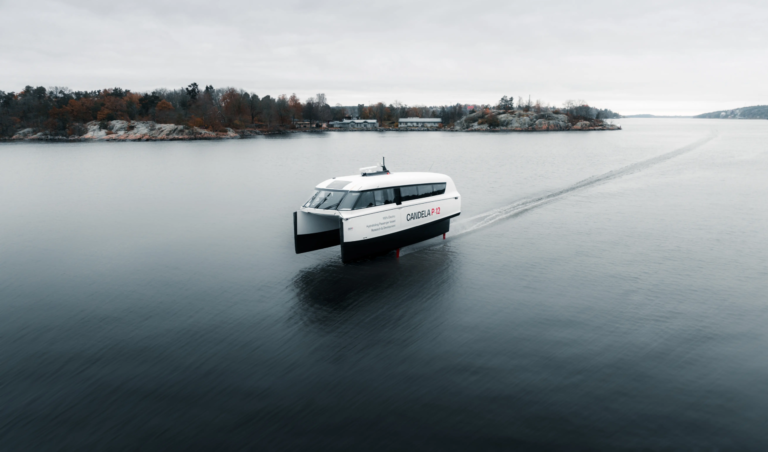 P-12
P-12 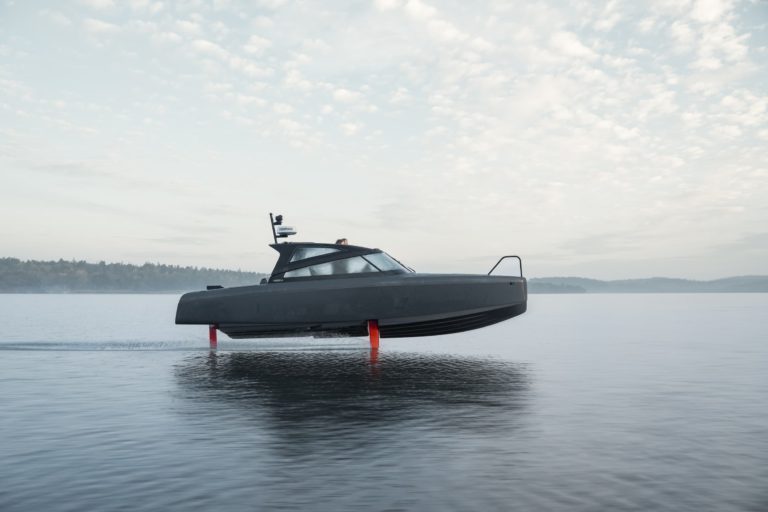
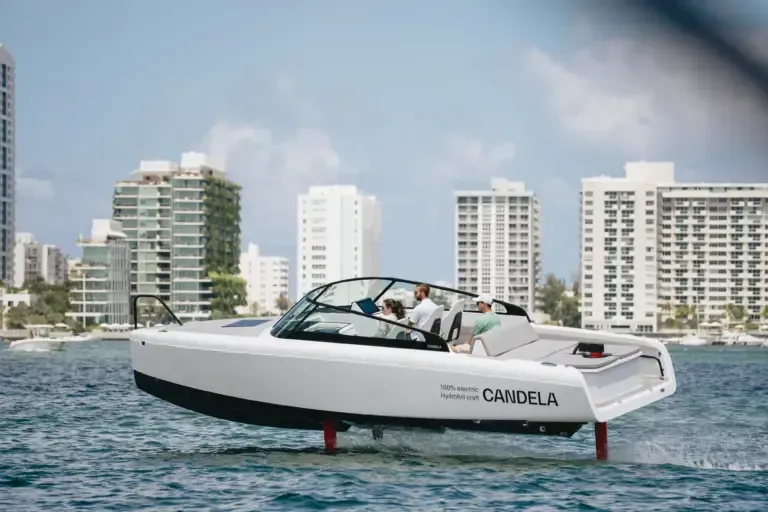 C-8
C-8 